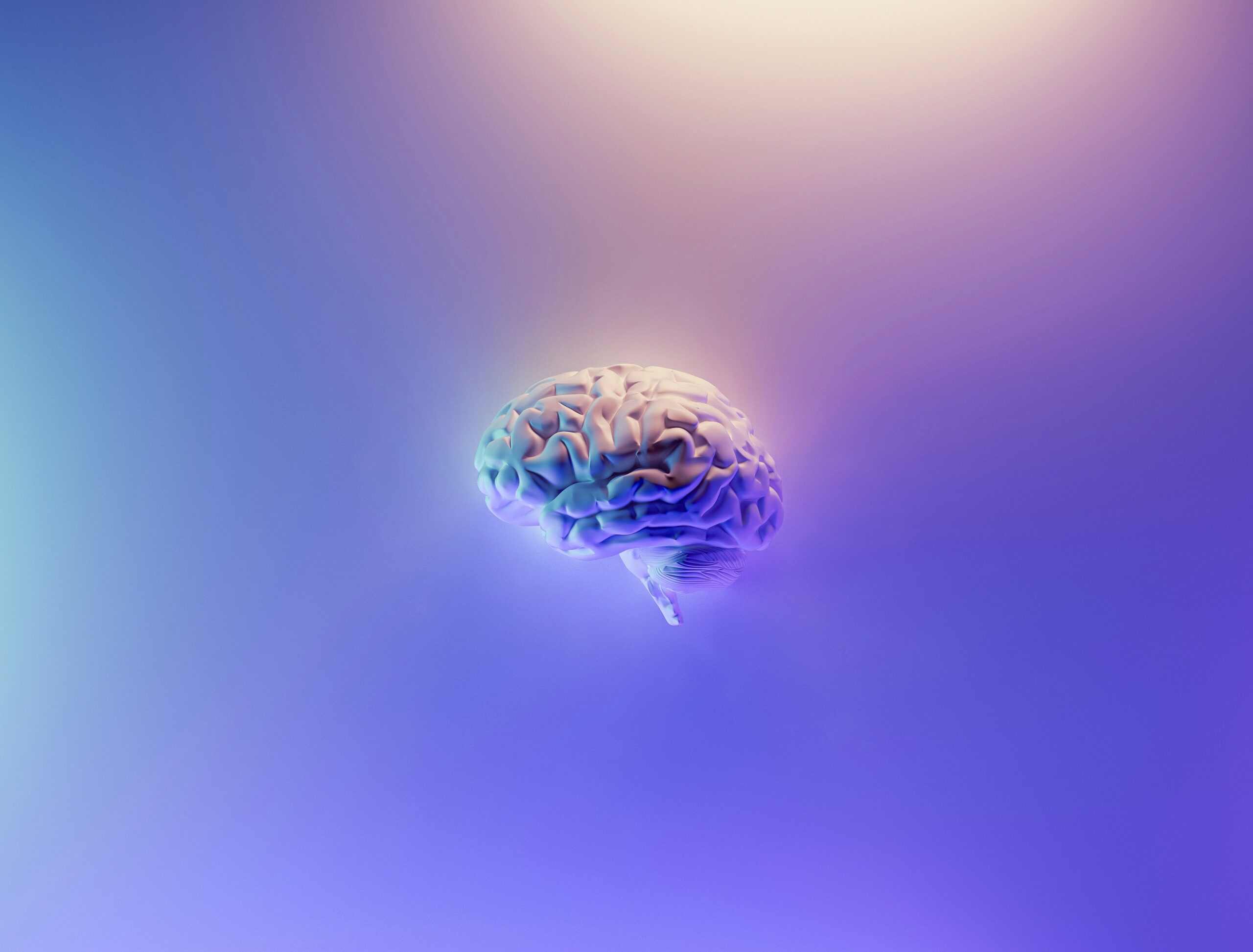To advance the use of organoid technology in Amyotrophic Lateral Sclerosis (ALS) research, the ALS Finding a Cure and Hop On A Cure foundations announced that they will jointly award $1.5 million in grants to five research groups to support their research projects. One of these projects will be carried out in Budapest, in the Human Organoid Laboratory of the HUN-REN Research Centre for Natural Sciences (HUN-REN TTK), led by Dr. Kornélia Szebényi.
ALS is currently an incurable neurodegenerative disease that usually leads to death within 3-5 years. Its most common inherited form is caused by a mutation in the C9ORF72 gene, in which patients may experience symptoms of frontotemporal dementia (FTD) in addition to muscle paralysis. For the development of new therapies, there is a great need for human models that allow the production and examination of forebrain and spinal cord cell types affected by ALS/FTD under laboratory conditions. The most complex model systems currently available are organoids containing cells in a tissue-like arrangement, which can also reproduce early pathological changes in the forebrain of ALS/FTD patients, as demonstrated by Dr. Szebényi’s previous work (A state-of-the-art lab-grown “mini-brain” disease model becomes available at the Research Centre for Natural Sciences – HUN-REN TTK).
In addition to forebrain organoids, spinal cord organoids and so-called sensorimotor organoids containing spinal cord and muscle cells have also been used to model ALS, but they were all created using different human induced pluripotent stem cell (hiPSC) lines, and in many cases even the gene that causes the disease is different, so the possibilities for comparing the results are limited.
The recently published targeted RFP formulated the following objectives:
1. Providing the same hiPSC lines and reagents (antibodies) to directly compare the results of different organoid methods
2. Identification of methods capable of generating organoids displaying key ALS phenotypes
3. Development of robust and reproducible methods that can be used later for drug screenings
4. Facilitating collaboration and sharing experiences among organoid model developers to identify best practices, commonalities, and differences in methods
Among the applications submitted, the 5 winners were selected by an international reviewing committee made up of members of the scientific, industrial and non-profit sectors. The research groups of the University of Alabama at Birmingham (USA), Emory University (USA), Drexel University and the University of Massachusetts (USA), University of Cambridge (UK) and HUN-REN TTK will work together on setting up the appropriate methodology and sharing the results that can later serve as guidelines for the scientific community.
For the original communication please visit ALSFAC and Hop On A Cure Partner to fund 5 Investigators in a new ALS Organoid Program – ALS Finding a Cure® .

